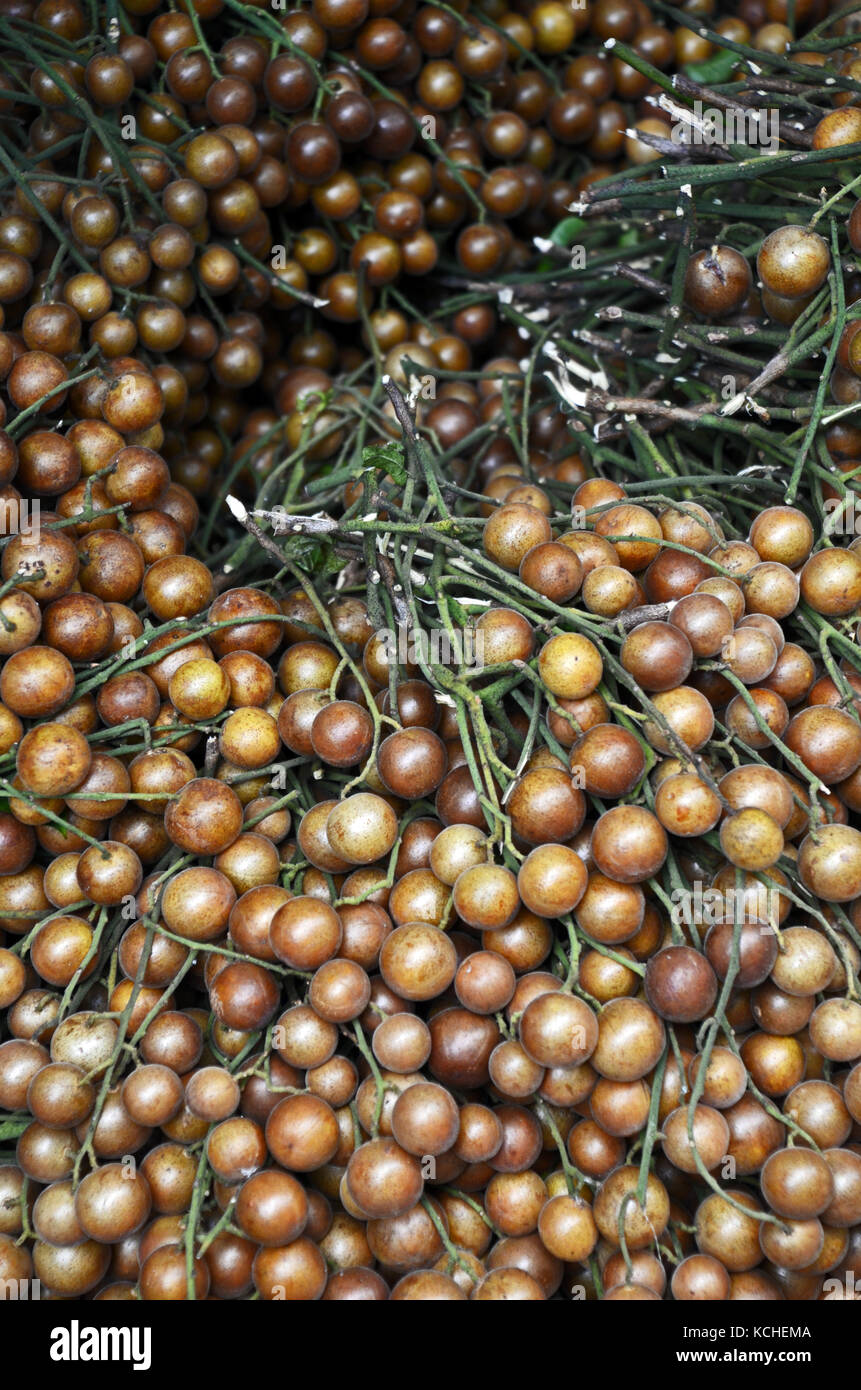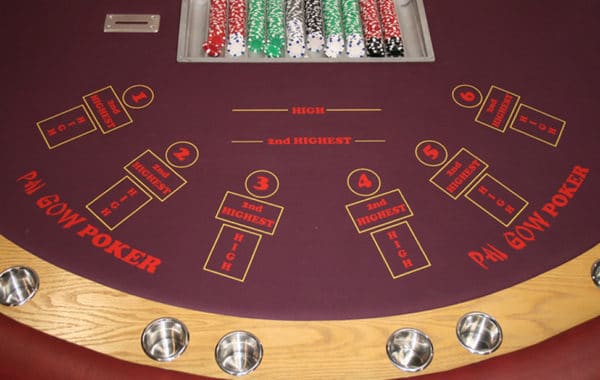Pi Gao
- As biology turns increasingly into a data-rich science, the massive amount of data generated by high-throughput technologies present both new opportunities and serious challenges. As a bioinformatician, Dr. Ge Gao is interested in developing novel.
- It contains gypsum (shi gao), a mineral used to clear high fevers, and Isatis (ban lang gen), a powerful antibacterial and antiviral herb, which has proved effective in treating influenza, pneumonia, meningitis, mumps, and swollen, painful throat.
Mu Dan Pi + 30g Gypsum Fibrosum: Shi Gao + 9g Rx. Paeoniae Rubra: Chi Shao + 9g Rx. Scutellariae: Huang Qin + 9g Fr. Gardeniae: Zhi Zi + 15g Gypsum Fibrosum: Shi Gao + 9g Cx. Moutan: Mu Dan Pi + 15g Hb. Artemisiae Scopariae: Yin Chen Hao + 15g Rx. Pi Gao Movement. Profile: Detroit based electro/techno label run by Ultradyne. Contact Info: info@pi-gaomovement.com. Sites: Bandcamp l5697 Label. Edit Label; Data Quality Rating: Needs Vote. 21 submissions pending; Share. Marketplace 189 For Sale.
King-to Nin Jiom Pei Pa Koa (Chinese: ; pinyin: Jīngdū niàn cí ān chuānbèi pípá gāo), commonly known as Nin Jiom Pei Pa Koa or simply Nin Jiom Herbal Cough Syrup, is a traditional Chinese natural herbal remedy used for the relief of sore throat, coughs, hoarseness and aphonia. It is a throat demulcent and expectorant.
Naming[edit]
In the name of the company, king-to means 'capital', referring to Peking, and nin jiom means 'in memory of my mother';[1] hence, it stresses the important virtue of filial piety. Pei pa koa means 'loquat syrup'.
The product is marketed under the brand name Cap Ibu dan Anak (Malay for 'Mother and Son Brand', referring to the brand's logo) in Malaysia[2] and Indonesia, also acronymed as OBIDA (as in Obat Batuk Ibu dan Anak) in the latter country.[3]
History[edit]
The formula for pei pa koa was reportedly created by Dr. Ip Tin-See, a Ch'ing Dynasty physician born in 1680.[4][5] Yang Chin, a county commander, asked Doctor Ip to treat his mother's persistent cough. They were so impressed that they created a factory to mass-produce it.[1] In 1946, the Yang family sold the business to Tse Sui-Bong, a medicine practitioner, who founded the Nin Jiom Medicine Manufactory. The company was formally incorporated in 1962, and continue to manufacture and sell the product worldwide.[6] The headquarter of the company is located in Hong Kong and Taoyuan, Taiwan.
Pei pa koa had annual sales of HK$350 million in 2014.[1]
Effectiveness[edit]

A study at the China Academy of Traditional Chinese Medicine published in a 1994 article, 'Pharmacological studies of nin jion pei pa koa', states that Nin Jiom Pei Pa Koa had significant cough relieving and sputum removing effects. In four acute or sub-acute inflammatory models, the anti-inflammatory effect was marked.[7]
How To Play Pi Gao
Composition[edit]
Pei pa koa is made up of a blend of herbal ingredients[8] including the fritillarybulb (Bulbus fritillariae cirrhosae, 川貝母), loquat leaf (Eriobotrya japonica, 枇鈀葉), fourleaf ladybell root (Adenophora tetraphylla, 南沙參), Indian bread (Wolfiporia extensa), 茯苓), pomelo peel (Citrus maxima, 化橘紅), chinese bellflower root (Platycodon grandiflorum, 桔梗), pinelliarhizome (Pinellia ternata, 半夏), Schisandra seed (Schisandra chinensis, 五味子), Trichosanthes seed (Trichosanthes kirilowii, 栝蔞), coltsfoot flower (Tussilago farfara, 款冬花), Thinleaf Milkwort root (Polygala tenuifolia, 遠志), bitter apricot kernel (Prunus armeniaca, 苦杏仁), fresh ginger (Zingiber officinale, 生薑), licorice root (Glycyrrhiza uralensis, 甘草),[9] and menthol in a syrup and honey base.
See also[edit]
References[edit]
- ^ abcShea Driscoll (October 9, 2014). '5 things about Chinese herbal syrup Nin Jiom Pei Pa Koa'. The Straits Times. Retrieved November 14, 2014.
- ^Malaysian Business, Issues 1-6. New Straits Times Press (Malaysia), 1997. p.32
- ^'OBIDA, Obat Cap Ibu Dan Anak'. Retrieved 1 January 2018.
- ^Dharmananda, Subhuti; Dorr, Christopher. 'Nin Jiom Pei Pa Koa - Chinese cough syrup'. www.itmonline.org. Institute for Traditional Medicine, Portland, OR. Retrieved 5 January 2018.
- ^'Nin Jiom Medicine Manufactory'. Hong Kong General Chamber of Commerce. Retrieved 5 January 2018.
- ^Ali F. Farhoomand, (2005). Small Business Management and Entrepreneurship in Hong Kong: A Casebook. Hong Kong University Press. ISBN9789622097582. p.48
- ^Li, Z. L., Dai, B. Q., Liang, A. H., Li, G. Q., Yang, Q., & Xue, B. Y. (1994). Pharmacological studies of nin jion pei pa koa. China journal of Chinese materia medica (Zhongguo Zhong yao za zhi), 19(6), 362-5.
- ^'Nin Jiom Pei Pa Koa'. Nin Jiom. Archived from the original on 14 July 2011.
- ^'Chinese herb dictionary, Complementary and Alternative Healing University'. alternativehealing.org. Retrieved 5 January 2018.
External links[edit]

Pi Pa Gao Ingredients
Senior Investigator
Laboratory of Liver Diseases
NIAAA
Pi Gao Rules For Beginners
5625 Fishers Lane
Room 2S-33
Bethesda, MD 20892
Pi Pa Gao
301-443-3998
Research Topics
The mission of the Laboratory of Liver Diseases at NIAAA, NIH, established in 2009, is to investigate the immunological aspects and molecular pathogenesis of alcoholic liver disease (ALD), and to explore novel therapeutic targets for the treatment of this disorder. ALD is a major cause of chronic liver disease, leading to cirrhosis and liver cancer. The latest report from NIAAA shows that cirrhosis is the 12th leading cause of deaths in the United States with a total of 29,925 deaths in 2007, of which 48.1% were alcohol-related. The spectrum of ALD includes simple steatosis, alcoholic hepatitis, cirrhosis, and hepatocellular carcinoma. At present, there are no small animal models available for human alcoholic hepatitis (inflammation), cirrhosis, and alcoholic liver cancer. Thus, our laboratory has been actively using liver injury models induced by ethanol and other insults to investigate the immunologic mechanisms underlying alcoholic liver injury, to study the effect of inflammation on liver disease progression, and to explore novel therapeutic targets for the treatment of ALD. Currently, we are focusing on the roles of innate immune cells (eg. natural killer and natural killer T cells), cytokines (eg. interleukin-6, interleukin-22), and the Jak-STAT signaling pathways activated by these cytokines in liver injury, fibrosis, regeneration, progenitor/stem cell proliferation, and hepatocarcinogenesis.
Biography


Dr. Gao received his M.D. from Wannan Medical College, China, in 1986 and his Ph.D. from Norman Bethune University of Medical Sciences, China, in 1991. Following postdoctoral training at NIAAA and in the Department of Pharmacology and Toxicology at the Medical College of Virginia (MCV), he served as a tenure track Assistant Professor at MCV from 1995 to 2000, where his research was supported by 3 NIH grants, and was in the process of being promoted to Associate Professor with tenure, when he accepted a tenure track position and Section Chief of Liver Biology at NIAAA in 2000. Of exceptional note, he was granted NIH tenure through the Central Tenure Committee (CTC) in 2005 – a year early before his tenure track appointment was completed. In 2009, Dr. Gao was promoted to the Laboratory Chief of Liver Diseases at NIAAA.